Following the 25% tariffs on aluminum and steel, President Donald Trump on February 13 (US time) ordered officials to begin calculating reciprocal tariffs to be imposed on imported goods from US trading partners around the world.
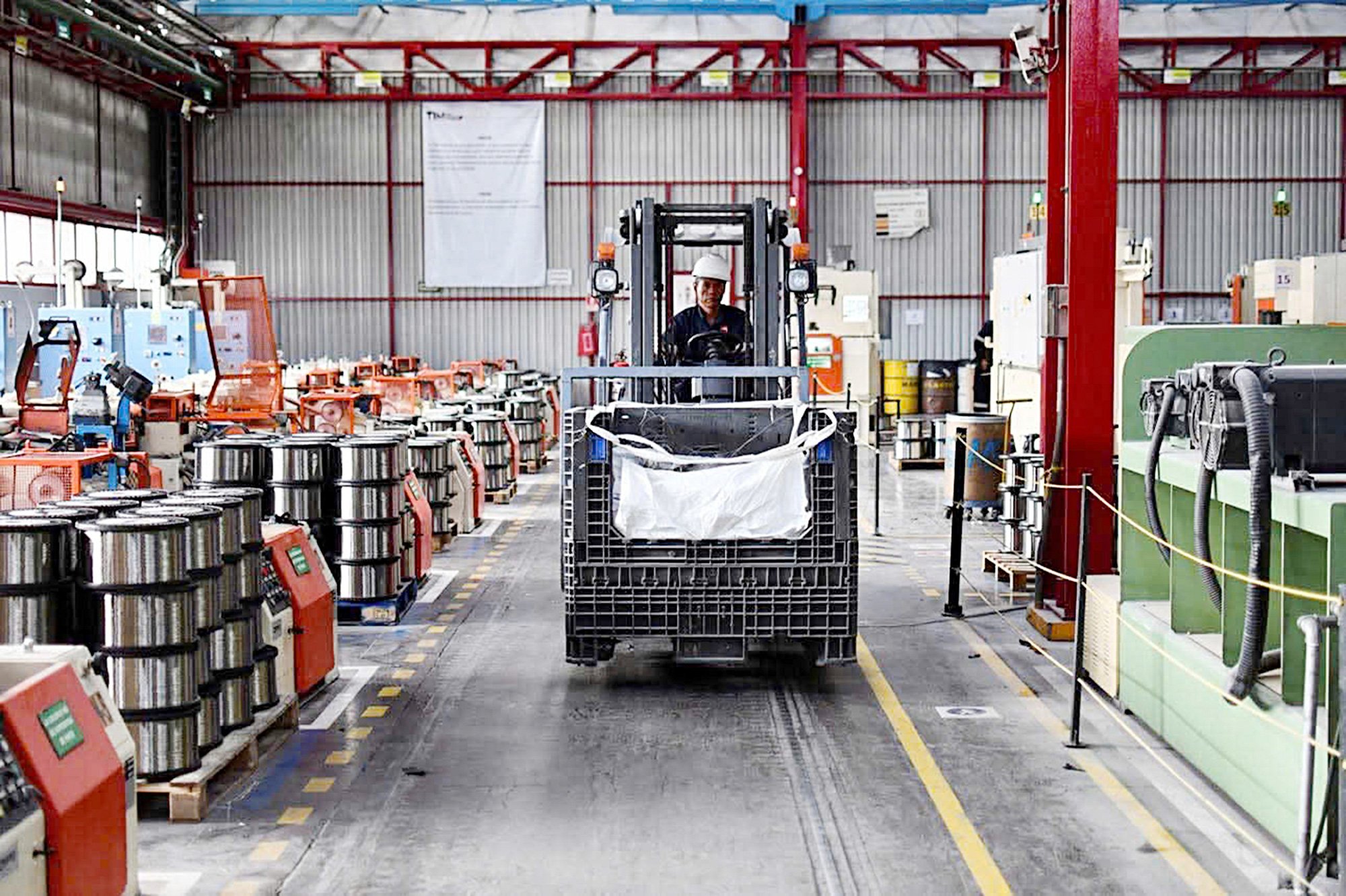
Workers at a stainless steel factory in Tlaxcala, Mexico - Photo: Reuters
This is completely within the forecast of observers. In an interview with Tuoi Tre, Professor Julien Chaisse - an expert on international trade law at the University of Hong Kong - believes that the tariffs on aluminum and steel are just the beginning.
Semiconductors and autos are next targets

* After the tariffs on aluminum and steel, what will be the targeted products, sir?
- The move is not just about steel. The tariff hike is a signal that Washington is tightening its grip on global supply chains.
I believe semiconductors and autos are the most likely next targets for the Trump administration's tariff strategy.
When it comes to semiconductors, the US government has long expressed concerns about its dependence on foreign-made chips, particularly from Taiwan and South Korea.
The US currently accounts for a significant share of global semiconductor design and intellectual property, but manufacturing has largely shifted to Asia, with the two big names being Taiwan Semiconductor Manufacturing Company (TSMC) and South Korea's Samsung.
The Trump administration has been pushing to bring semiconductor manufacturing back home. The CHIPS Act, passed under the Biden administration, aims to encourage U.S. semiconductor manufacturing through subsidies. But Trump has deemed those subsidies insufficient and has leaned toward more direct trade restrictions.
Imposing tariffs on semiconductors would make foreign chips more expensive, encouraging domestic production. Such a move would likely hit companies like Intel and create tensions with Taiwan, South Korea and even U.S. tech giants like Apple and Nvidia, which rely on Asian supply chains.
Autos are a potential target as Mr Trump argues that foreign car imports undermine US manufacturing and lead to job losses.
In 2018, Mr. Trump first proposed a 25% tariff on imported cars, citing Section 232 of the Trade Expansion Act, which allows the president to impose trade restrictions on national security grounds. Although the proposal was shelved after strong opposition from allies, the idea has resurfaced with Mr. Trump’s recent rounds of tariffs.
Vietnam must strengthen partnerships in markets from EVFTA and RCEP to offset losses in the US and establish long-term trade stability.
Professor Julien Chaisse
How to limit the impact of tariffs
* What should manufacturing countries like Vietnam do to limit the impact of the Trump administration's tariffs?
- Vietnam must take a multi-pronged approach to counter the potential impact of US tariffs on steel and aluminum. The first step is legal defense. If necessary, Vietnam has a legitimate reason to challenge these tariffs at the World Trade Organization (WTO).
The US could justify its actions under the national security exception in Article XXI of the GATT, but WTO rulings in Ukraine’s complaint against Russia’s restrictions on transit through its territory (2019) and Qatar’s complaint against Saudi Arabia’s failure to protect the intellectual property rights of Qatari-based entities (2020) have established that this exception is limited.
* But what if the US ignores adverse WTO rulings?
- There have been cases where the US has ignored adverse WTO rulings, so countries, including Vietnam, should pursue complementary strategies in parallel. Reducing dependence on the US market is a necessary second step. Vietnam has expanded its trade relations through agreements such as EVFTA and RCEP, which provide alternative markets.
The EVFTA has led to increased Vietnamese steel exports to the EU, where duty-free access makes it more attractive to European buyers. Within Asia, the RCEP opens up preferential access to major steel importers such as Japan, South Korea and Australia. Vietnam must strengthen partnerships in these markets to offset its losses in the US and establish long-term trade stability.
In addition, ensuring compliance with rules of origin is another important element of Vietnam’s response. The US is particularly concerned about the transshipment factor, when Chinese steel is allegedly exported to the US as products originating from Vietnam to avoid tariffs. Previous cases have shown the severity of the penalties the US imposes on companies found to be violating these rules, with anti-dumping duties of up to 456%.
Vietnam must therefore implement strict supply chain verification measures and ensure that exported steel qualifies as domestically produced under international trade rules. Strong supporting documentation and third-party certification of origin will be essential to avoid further restrictions and penalties.
* So what leverage does Vietnam have to negotiate with the US?
- Diplomatic engagement is equally important. South Korea and Brazil were successful in negotiating tariff exemptions during Trump’s first term by offering trade concessions or agreeing to export quotas. Vietnam could pursue a similar approach by emphasizing its importance as a trade and geopolitical partner for the United States.
The Biden administration has previously sought to strengthen bilateral trade relations, and Vietnam could use this relationship to argue for sectoral exemptions. In addition, engaging in diplomatic discussions with the US Trade Representative and the Commerce Department could give Vietnam an opportunity to negotiate more favorable terms.
Vietnam should also seek regional coordination through ASEAN, as other members such as Indonesia and Malaysia will also be affected by these tariffs. If ASEAN countries take a unified stance, they may have more leverage in securing exemptions or alternative trade arrangements.
The recent tax imposition is not aimed at Vietnam.
Minister of Industry and Trade Nguyen Hong Dien recently had a working session with US Ambassador to Vietnam Marc Knapper to discuss economic and trade cooperation with Vietnam in the coming time.
Mr. Nguyen Hong Dien emphasized that the US is Vietnam's fifth largest import market with five groups of imported goods with a turnover of over 1 billion USD. Vietnam is ready to open its market, increase imports of US agricultural products and hopes that the US will further open its market to Vietnamese agricultural products...
In response to the Minister of Industry and Trade's concerns about recent changes in US trade policy, Ambassador Knapper said that the new US trade policy is established with the aim of further promoting fair trade, protecting economic security, national security, American workers and businesses...
"The recent imposition of tariffs is not aimed at Vietnam. The US wants to maintain bilateral relations and continue to develop economic and trade cooperation with Vietnam in a positive direction," Ambassador Knapper emphasized.
Source: https://tuoitre.vn/chu-dong-ung-pho-thue-quan-my-viet-nam-can-tiep-can-da-huong-20250215093830429.htm


![[Photo] Nhan Dan Newspaper announces the project "Love Vietnam so much"](https://vstatic.vietnam.vn/vietnam/resource/IMAGE/2025/4/17/362f882012d3432783fc92fab1b3e980)

![[Photo] General Secretary To Lam receives French Ambassador to Vietnam Olivier Brochet](https://vstatic.vietnam.vn/vietnam/resource/IMAGE/2025/4/17/49224f0f12e84b66a73b17eb251f7278)
![[Photo] National Assembly Chairman Tran Thanh Man meets with outstanding workers in the oil and gas industry](https://vstatic.vietnam.vn/vietnam/resource/IMAGE/2025/4/17/1d0de4026b75434ab34279624db7ee4a)
![[Photo] Closing of the 4th Summit of the Partnership for Green Growth and the Global Goals](https://vstatic.vietnam.vn/vietnam/resource/IMAGE/2025/4/17/c0a0df9852c84e58be0a8b939189c85a)
![[Photo] Promoting friendship, solidarity and cooperation between the armies and people of the two countries](https://vstatic.vietnam.vn/vietnam/resource/IMAGE/2025/4/17/0c4d087864f14092aed77252590b6bae)
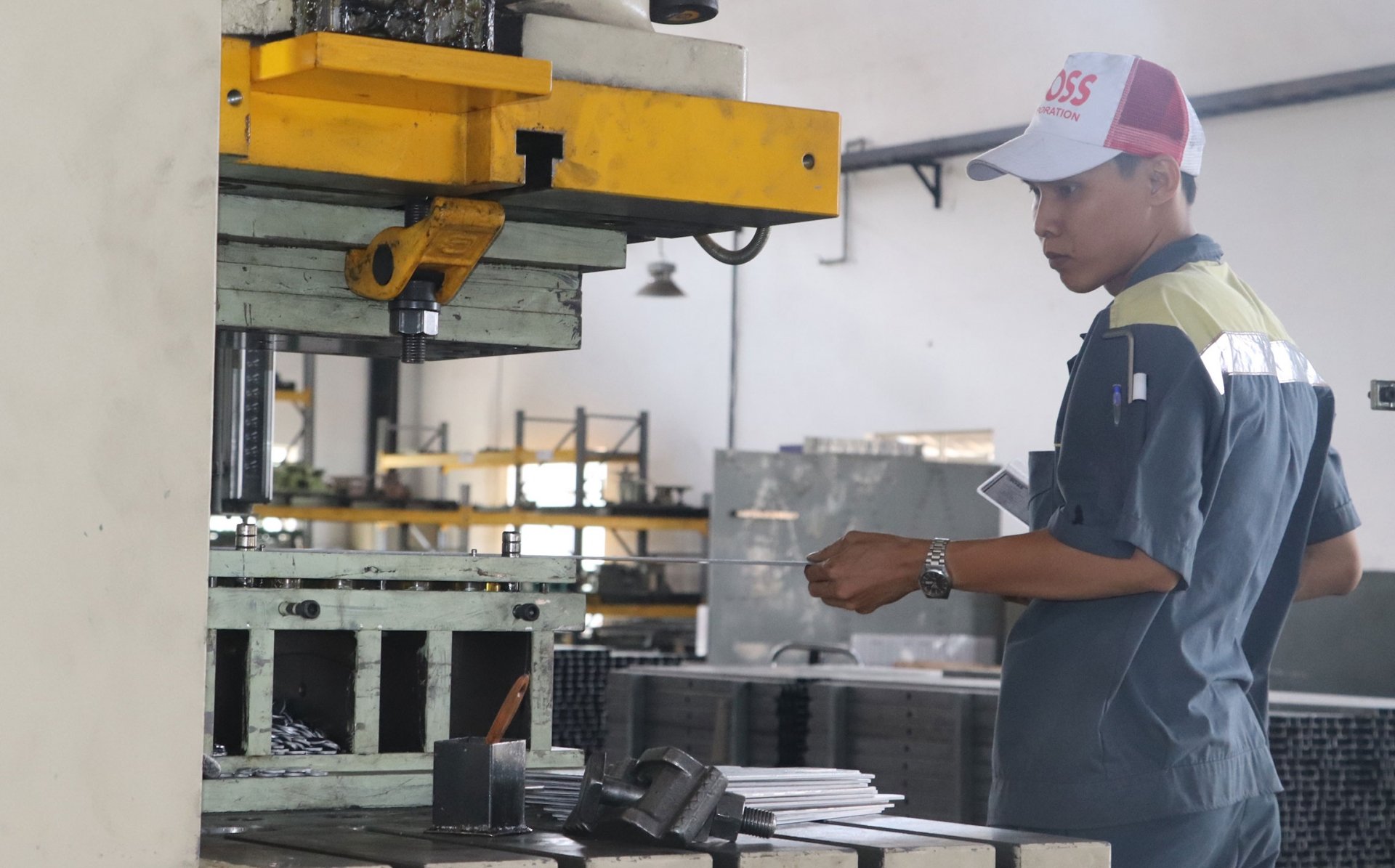

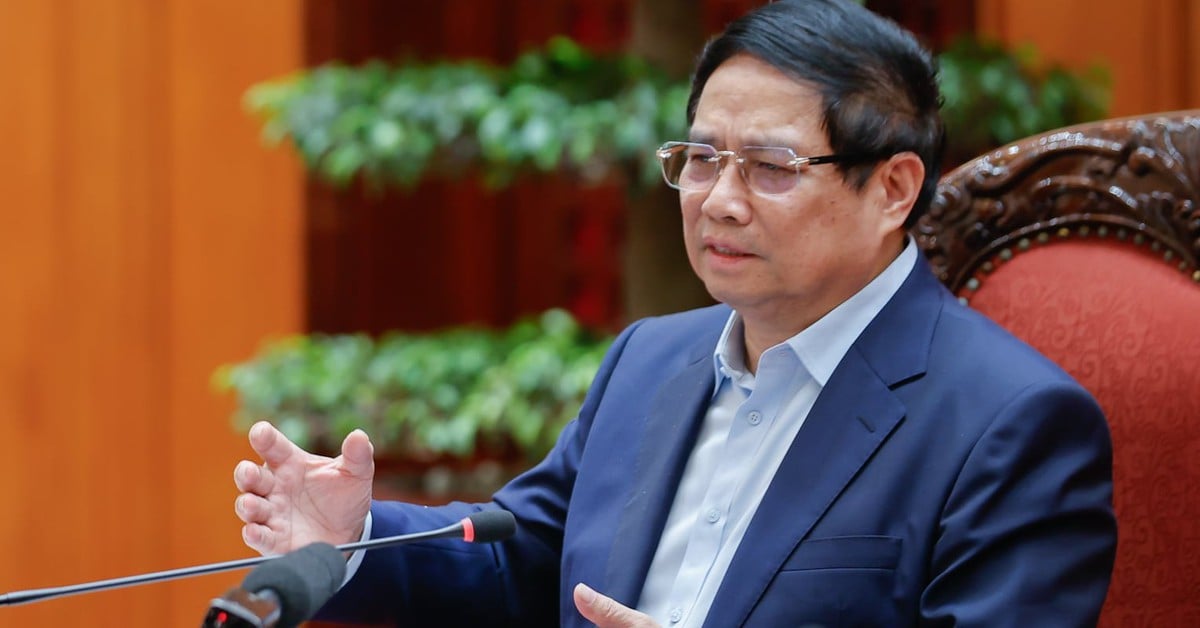


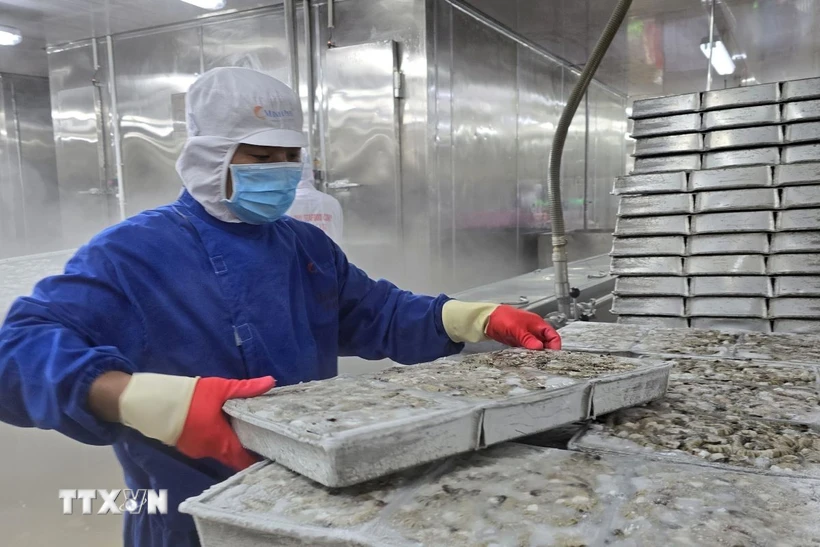

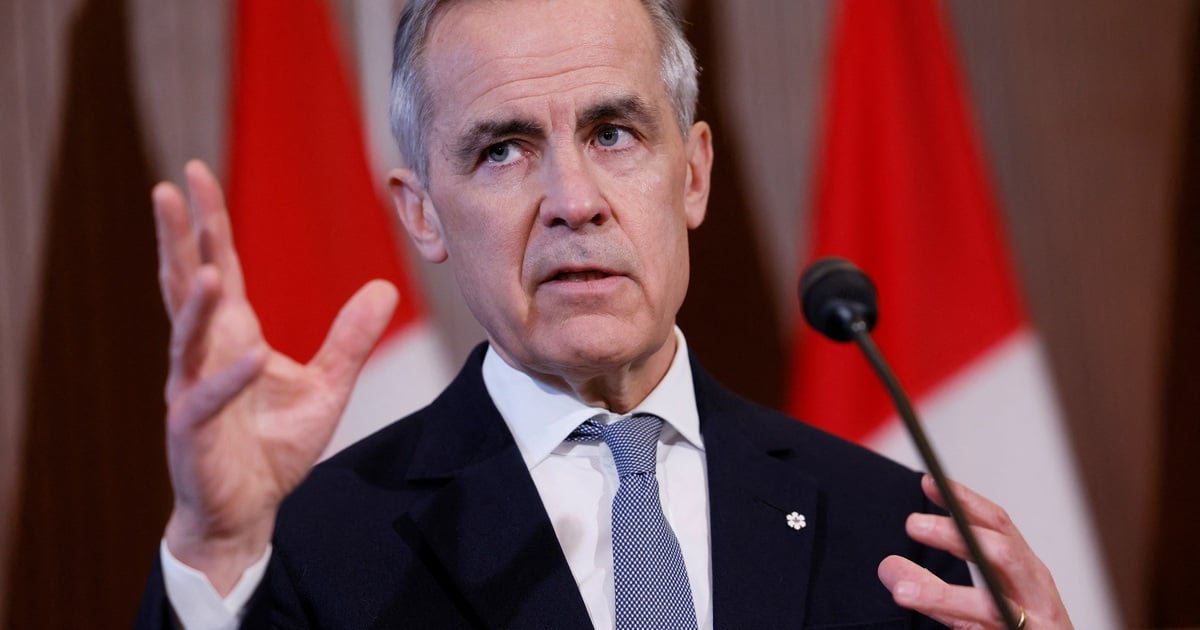



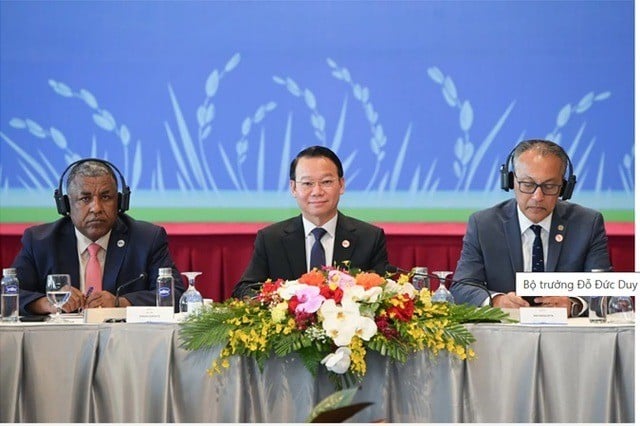

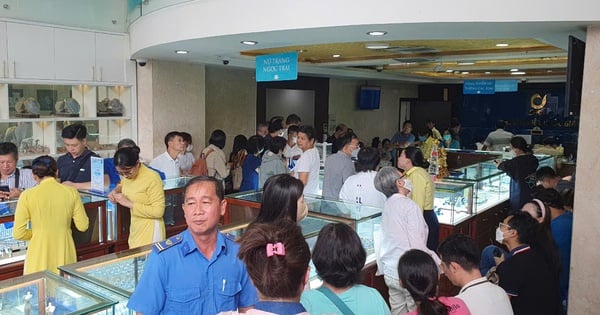









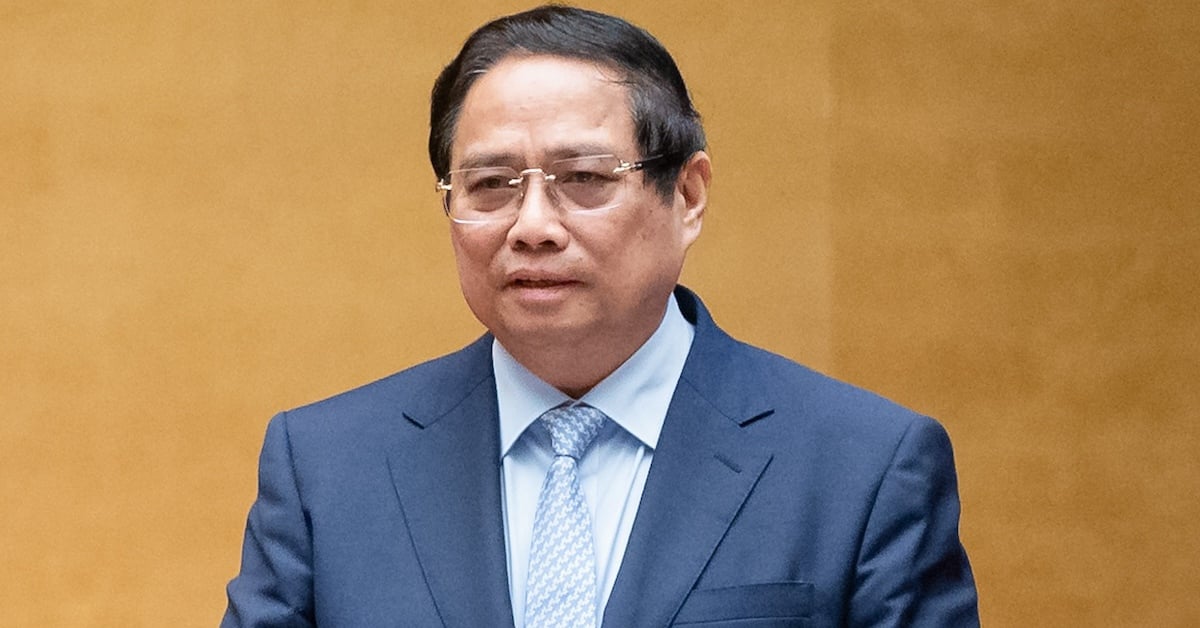
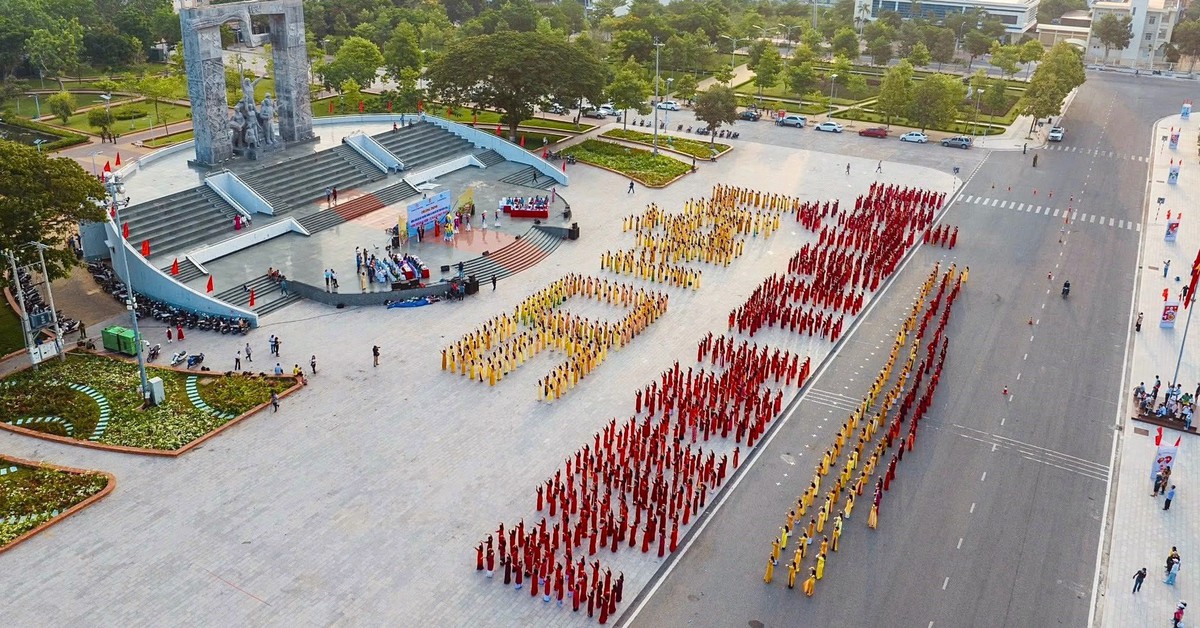

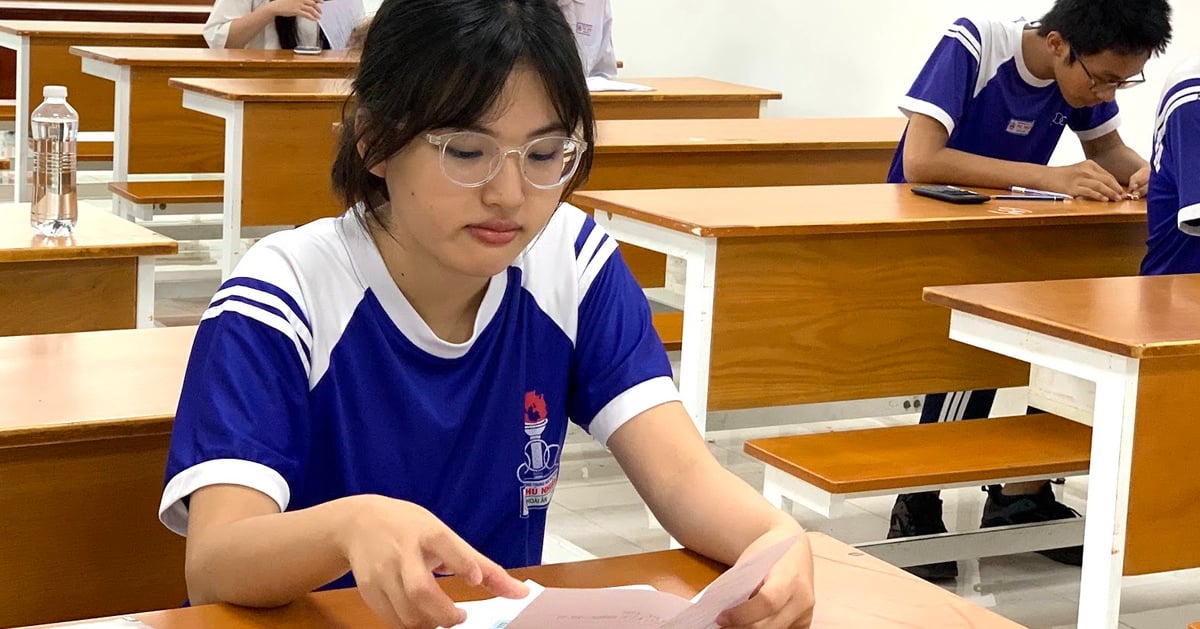
![[Photo] Welcoming ceremony for Chinese Defense Minister and delegation for friendship exchange](https://vstatic.vietnam.vn/vietnam/resource/IMAGE/2025/4/17/fadd533046594e5cacbb28de4c4d5655)















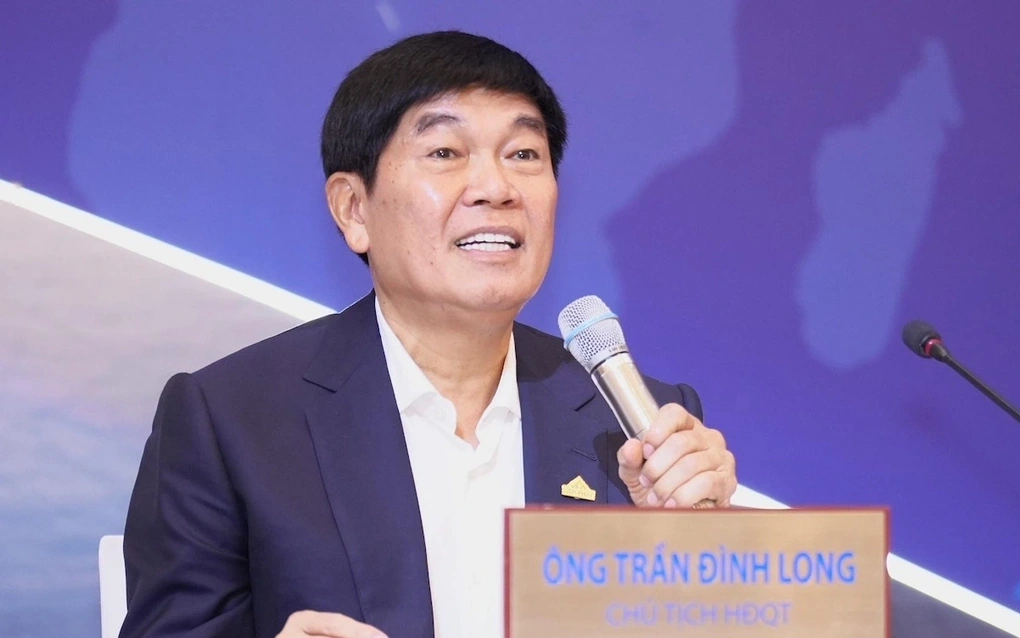


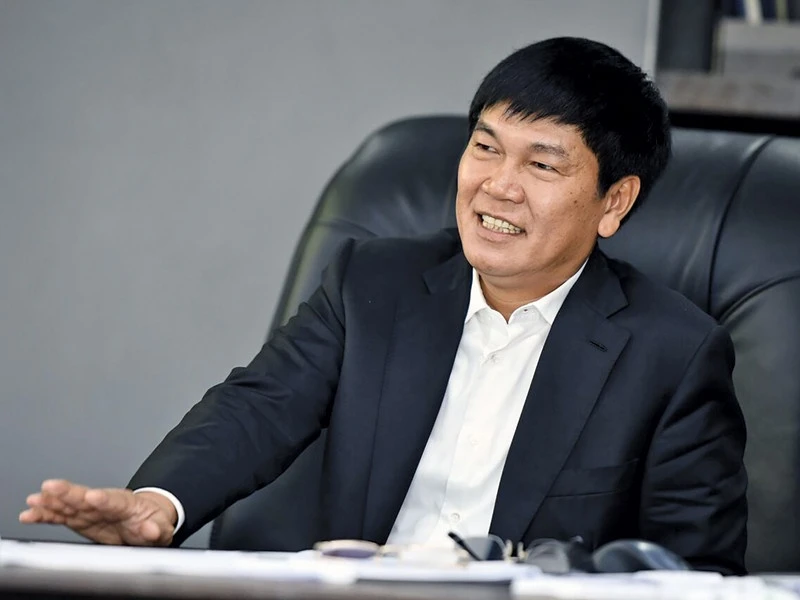

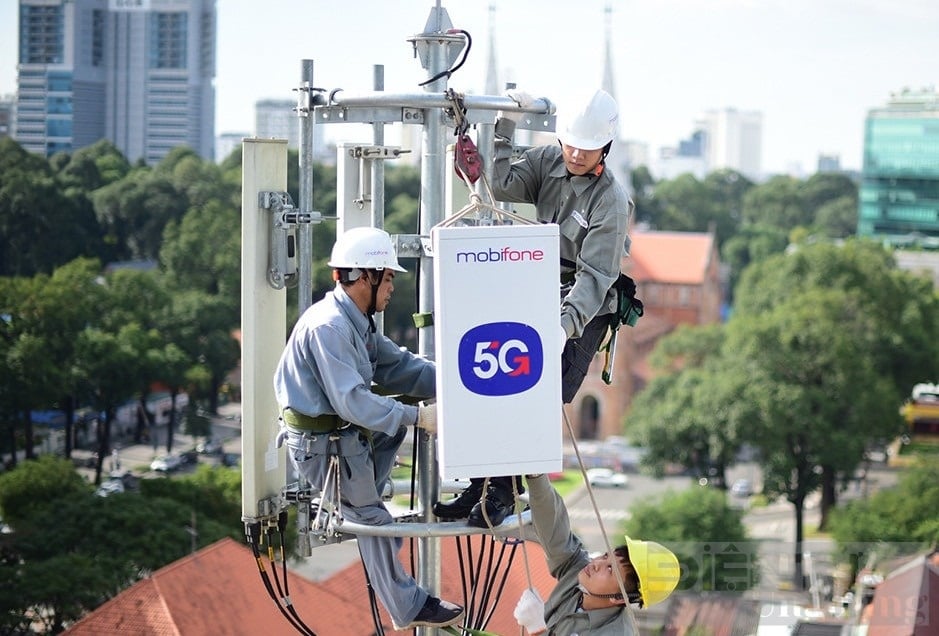

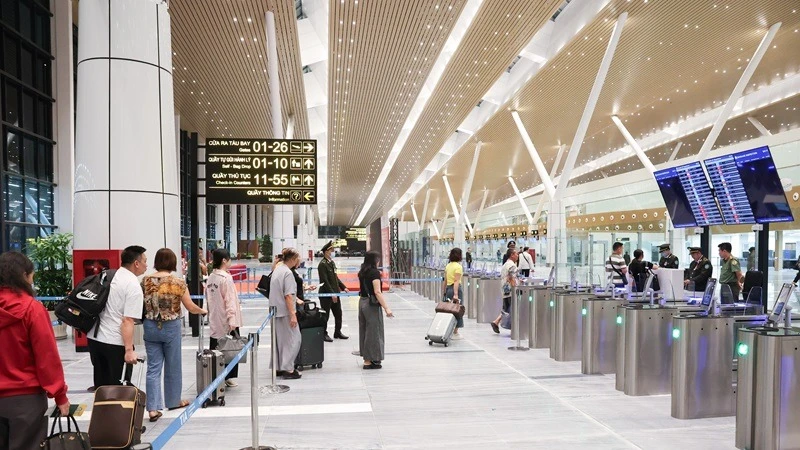

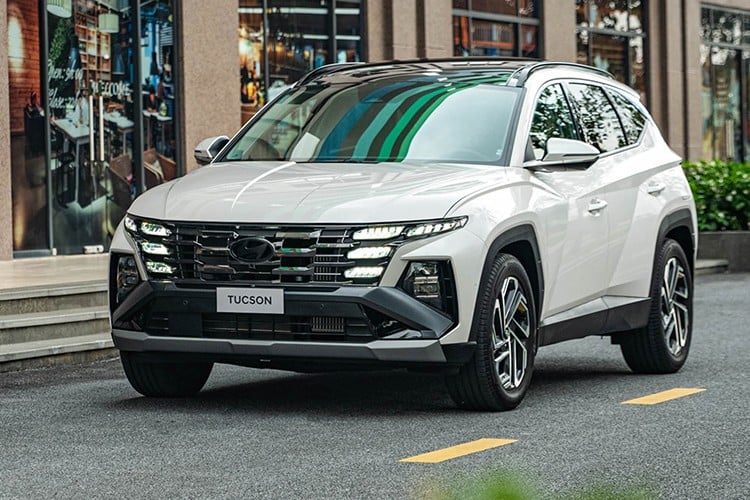

![[Video] Viettel officially puts into operation the largest submarine optical cable line in Vietnam](https://vstatic.vietnam.vn/vietnam/resource/IMAGE/2025/4/17/f19008c6010c4a538cc422cb791ca0a1)
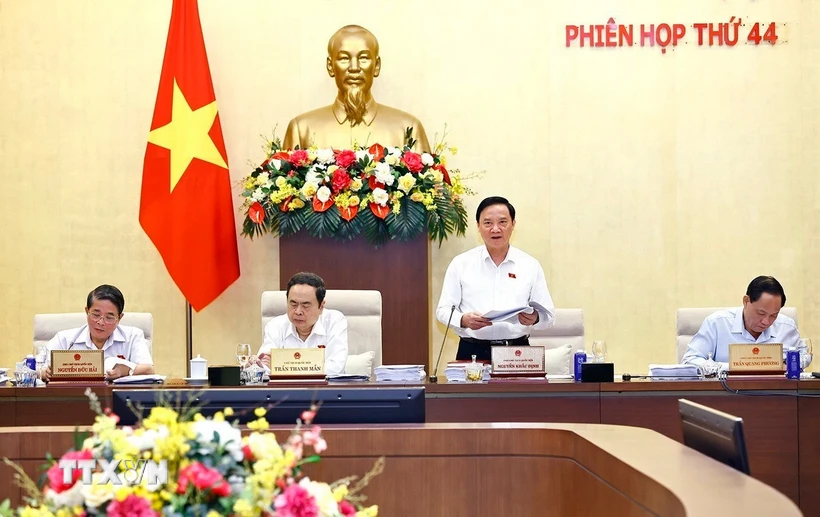
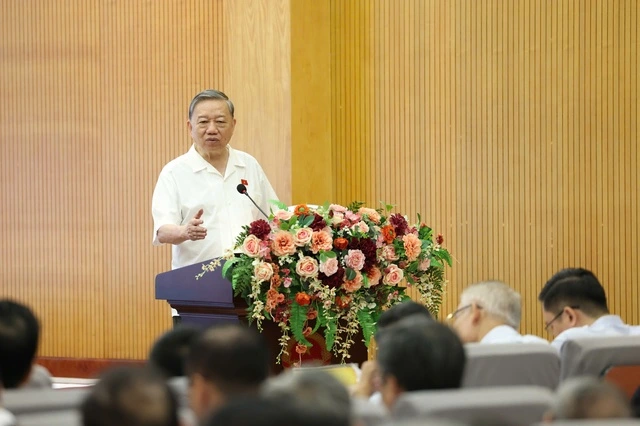
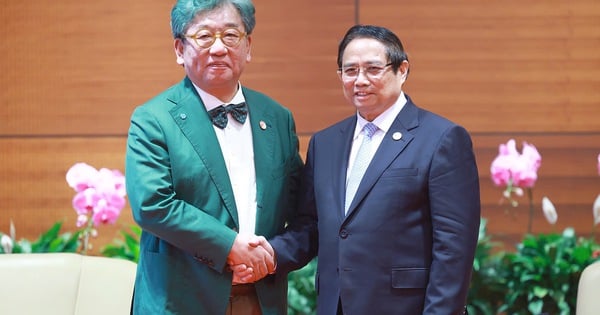

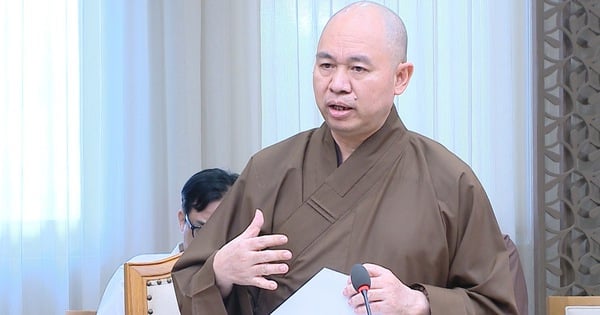
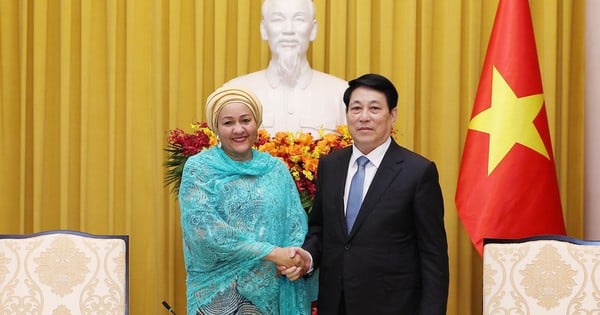
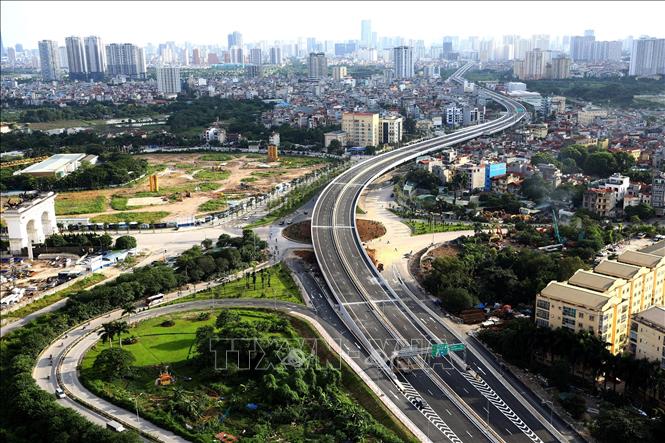
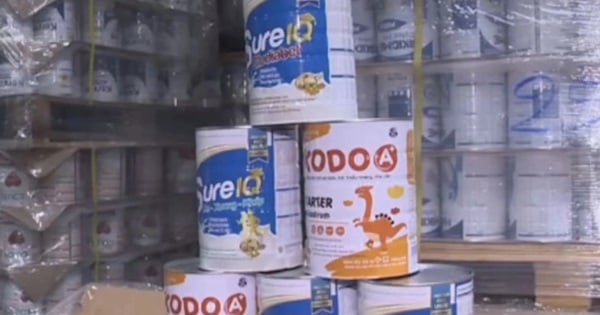

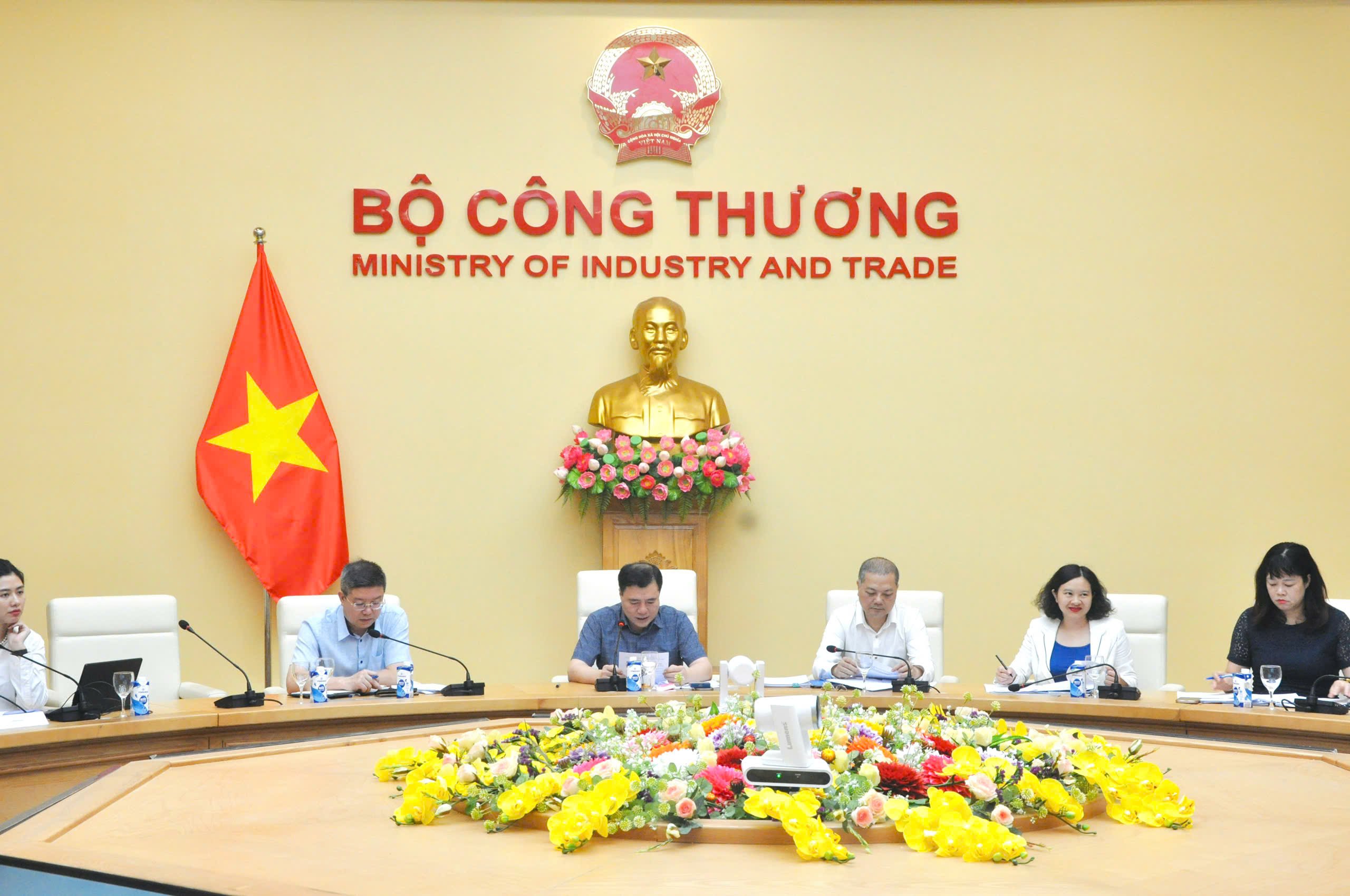

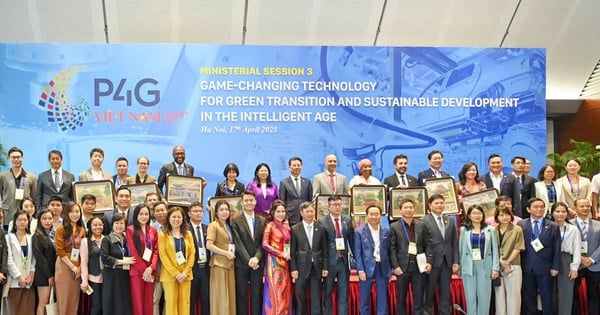

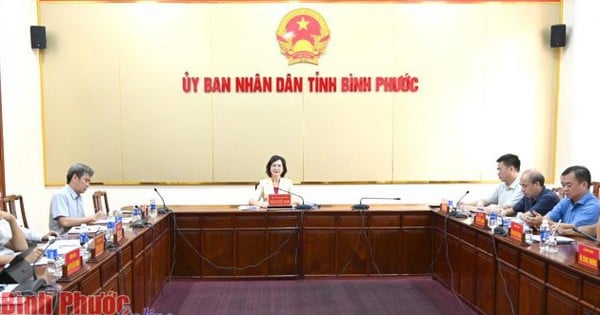

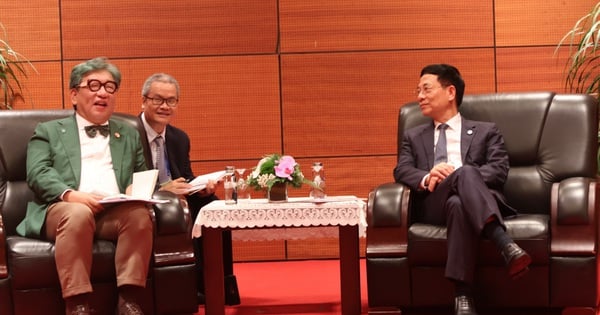





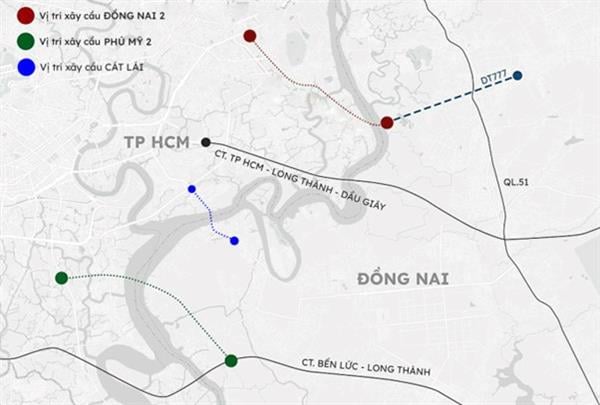


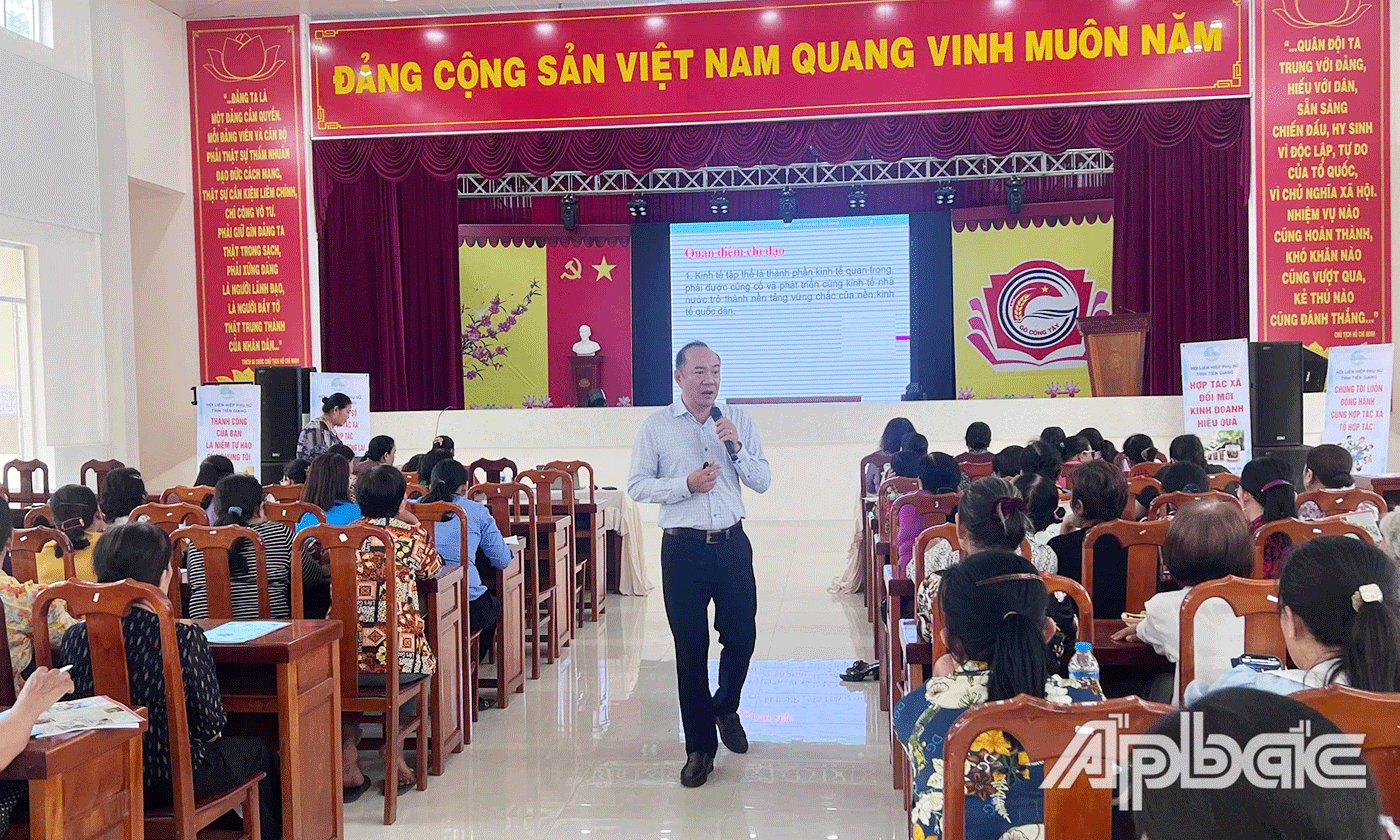

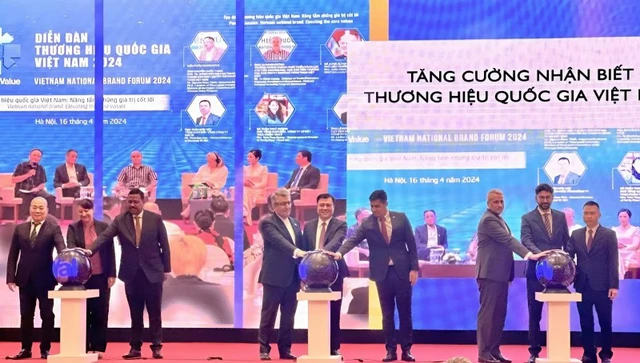



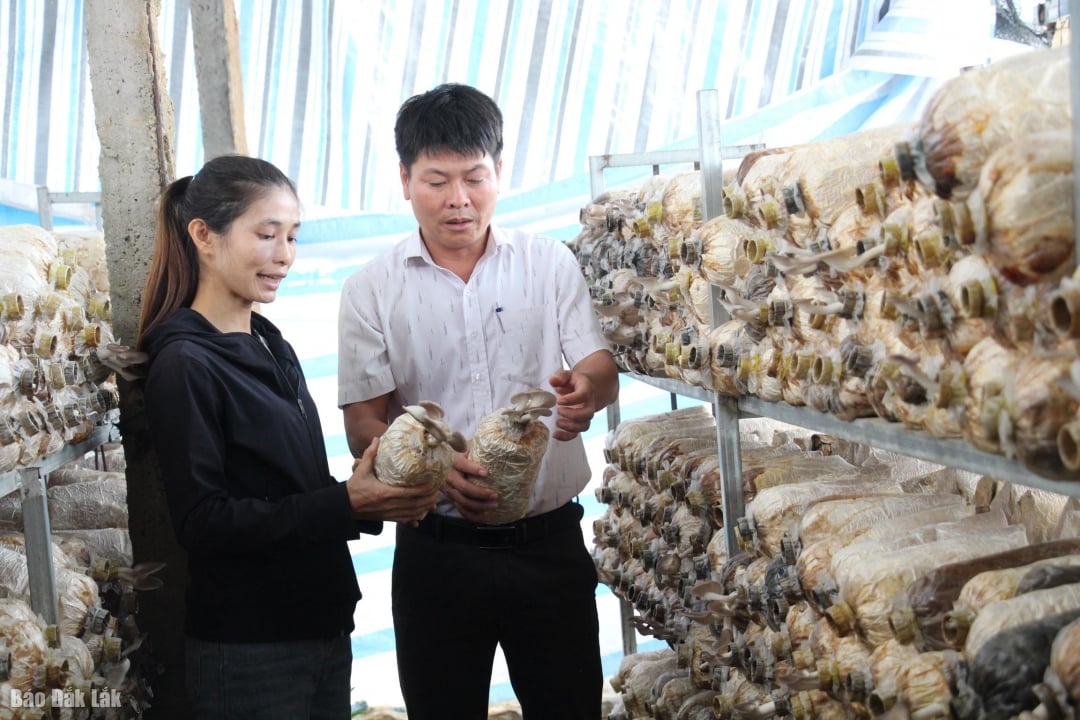

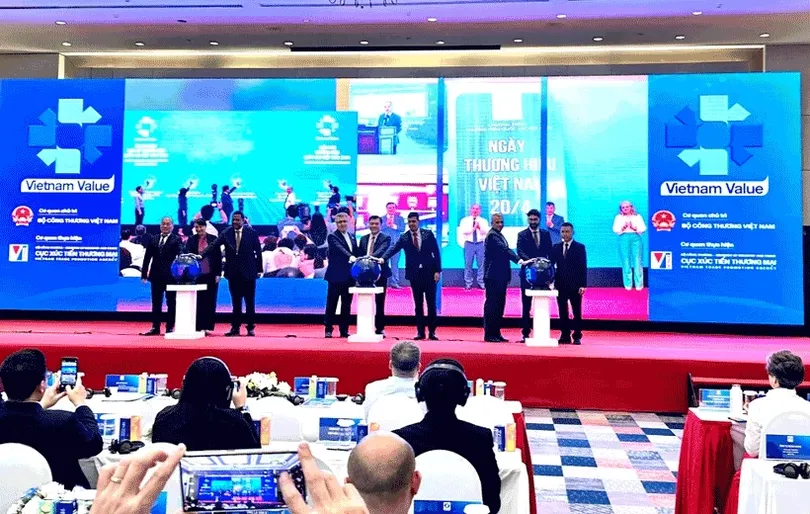




Comment (0)